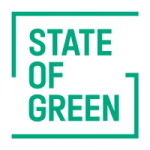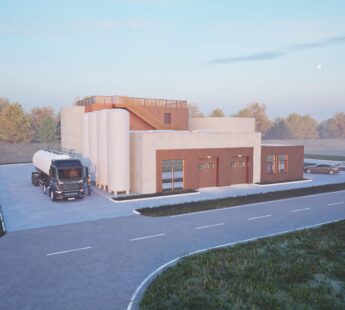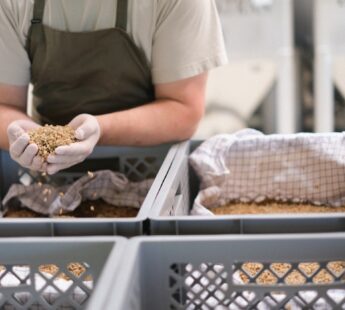News
Living labs
Small Island Community Wins the 2012 ManagEnergy Award


The honour was officially conferred by Günther Oettinger, European Commissioner for Energy, during an official ceremony held on June 19th. The jury's rigorous evaluation considered the projects’ impact, sustainability and replication potential. For this year's round of the competition, ManagEnergy received a record 64 projects from 23 countries, covering a wide range of energy efficiency and renewable energy topics.
Presenting Samsø
In 1997, the Danish island of Samsø entered a renewable energy competition sponsored by the Danish Ministry of Environment and Energy. The challenge was for competing islands to present a convincing plan for converting their entire energy systems to renewables within a period of 10 years. Samsø won.
A Community Effort
Today, the island supplies more than enough energy to cover its entire electricity needs. Instead of importing energy, Samsø now exports enough wind-generated power that its CO2 emissions represent a negative figure: - 3.7 tons per year. To achieve this, €60 million has been invested in the island, 70% of which has come from the private investment of Samsingers themselves.
Samsø Energy Academy
In 2007, the island established the Samsø Energy Academy, part of whose mission is to locate further energy savings and reductions in CO2, and draw attention to energy use on the island.
Through a new initiative called Samsø 2.0, the academy is seeking to fulfill this mission and set an example for Denmark’s ambition of reaching 100% fossil fuel independence by 2050. The academy believes they can do it faster—by 2030. And based on the island's past success, the Danish government has now put Samsø on their national budget.
Learn more about Samsø – Denmark's Renewable Energy Island on www.stateofgreen.com
Taking an integrated approach on energy consumption
While the island’s past success was based mostly on the production of energy, the new initiative takes an integrated approach, focusing more on its rational consumption. As Søren Hermansen, the director of the academy pointed out ‘you can’t always produce your way out of a problem.’ Indeed, since the island first started down the renewable energy path, there has been some indication that their electricity demand has risen.
To become a fossil free community, then, the island aims to:
-
renovate the existing building stock on Samso (approximately 1,800 houses) to reduce their energy consumption---by 30% for private users and 5% for industry by 2020;
-
develop a more flexible energy system to accommodate both solar and wind generation, and replace the 21 old wind turbines with new and more effective turbines;
-
reduce the use of fossil fuel for home heating by replacing all oil-burning furnaces (758 houses on Samso) with, e.g., wood pillar burners or heating pumps for buildings outside the district heating grid, and expand the existing coverage of the district heating grid, which runs on renewable energy;
-
establish a facility to produce biogas for transportation (buses and ferries) and agricultural uses, which, preliminary estimations show Samsø capable of producing five million m3 of biogas per year;
-
replace all gasoline cars with electric cars, which can be charged using the island's surplus electricity (the goal is that by 2020, 50% of the local car park will consist of electric cars, and 40-50% of the local heavy transportations will use bio fuel); and
-
provide new tools to allow Samsingers to monitor their energy use.
The most pressing challenge is convincing residents and others that these measures are needed, and that while the lowest hanging fruits may have been picked, the highest still remain a priority.
This is no small feat, however, even for an island with such an accomplished record in renewable energy. That is why the Samso 2.0 initiative places a particular emphasis on community education and capacity building.
Toward this end, it aims to offer:
-
future symposia with international participants from universities, NGOs and companies;
-
educational visits from countries who wish to learn from the Samso experience, e.g., their success with public involvement;
-
courses for financial institutions in Denmark;
-
educational programmes for Danish craftsmen on renewable energy technologies;
-
seminars for housing and tenant associations and for heating utilities to teach about behavior changes and energy savings;
-
courses in energy audits for Danish municipalities;
-
programmes for public schools and high school students (Energy Camp and Energy Safari);
-
courses for teachers on methods of teaching sustainability; and
-
an 'Energy Safari,' which, in cooperation with the Skive in Jutland, offers tours of the renewable energy solutions employed across the island.
Source: www.managenergy.net
Photosource: Samsø Energy Academy















